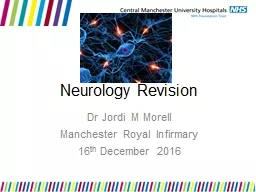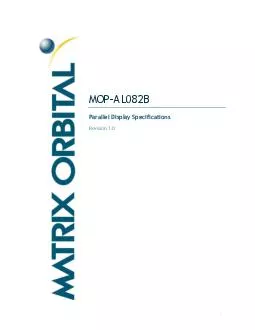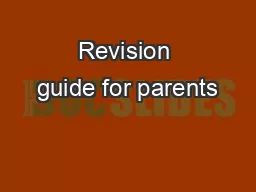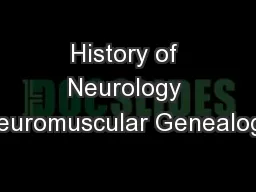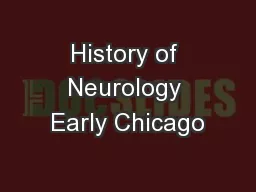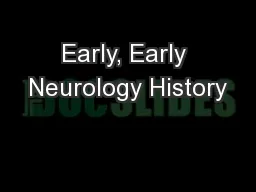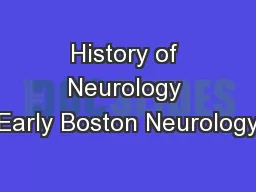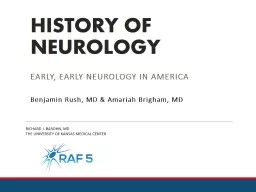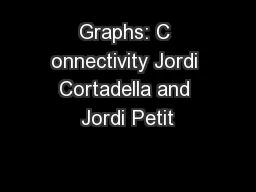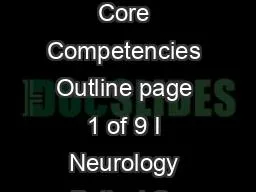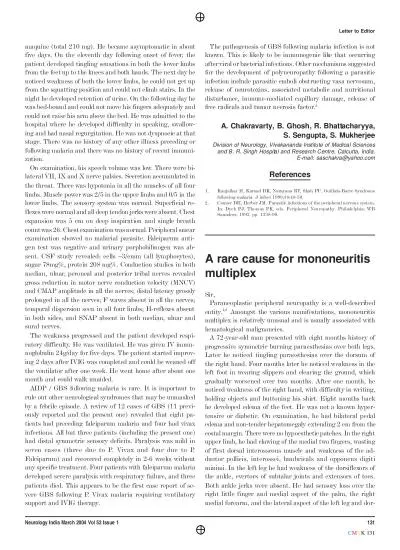PPT-Neurology Revision Dr Jordi M Morell
Author : liane-varnes | Published Date : 2018-10-06
Manchester Royal Infirmary 16 th December 2016 Neurology Revision The Basics Examination tips Common Conditions Question Time Neurology Basics Where is the lesion
Presentation Embed Code
Download Presentation
Download Presentation The PPT/PDF document "Neurology Revision Dr Jordi M Morell" is the property of its rightful owner. Permission is granted to download and print the materials on this website for personal, non-commercial use only, and to display it on your personal computer provided you do not modify the materials and that you retain all copyright notices contained in the materials. By downloading content from our website, you accept the terms of this agreement.
Neurology Revision Dr Jordi M Morell: Transcript
Download Rules Of Document
"Neurology Revision Dr Jordi M Morell"The content belongs to its owner. You may download and print it for personal use, without modification, and keep all copyright notices. By downloading, you agree to these terms.
Related Documents

